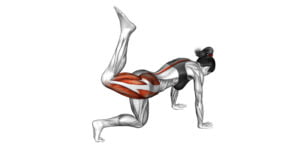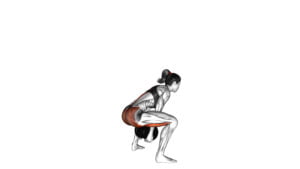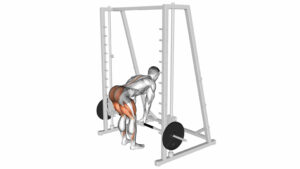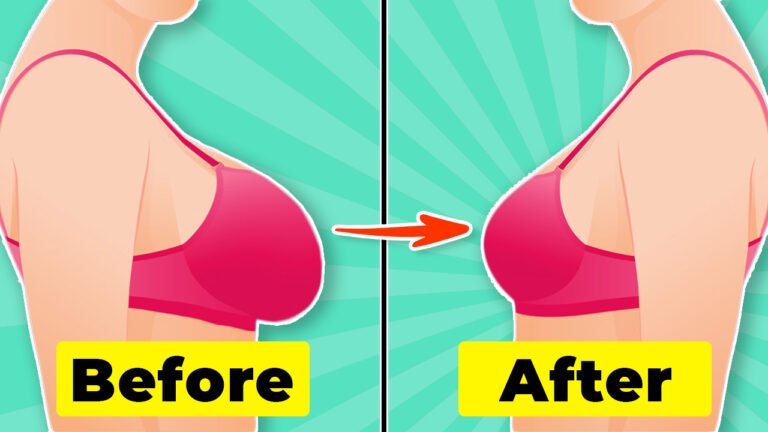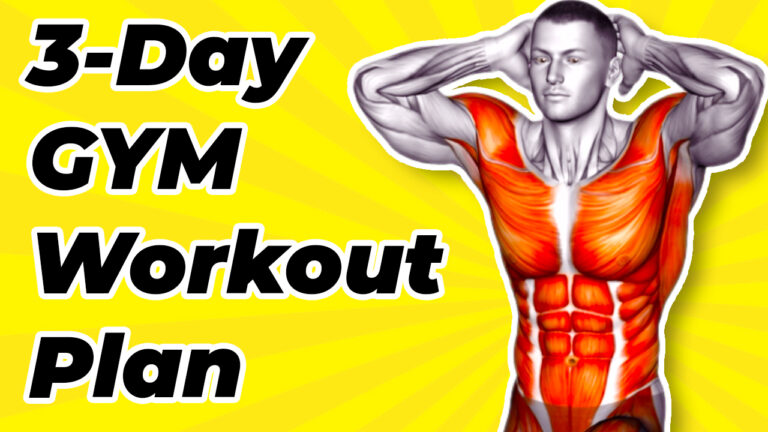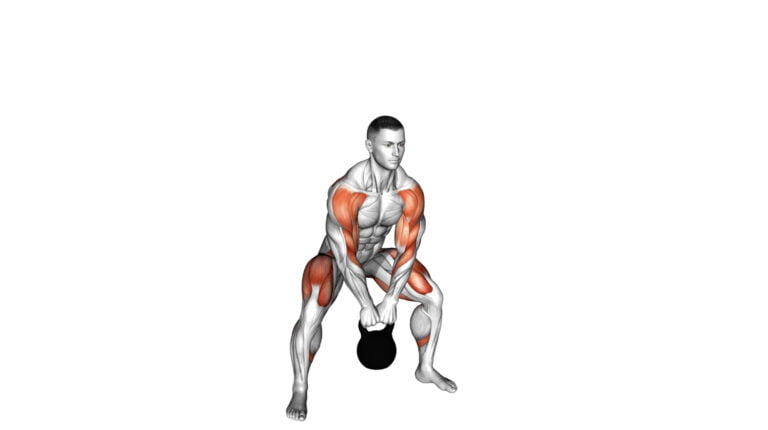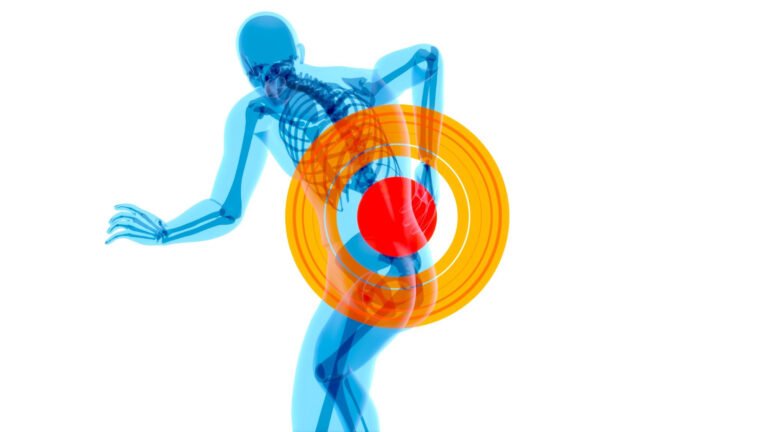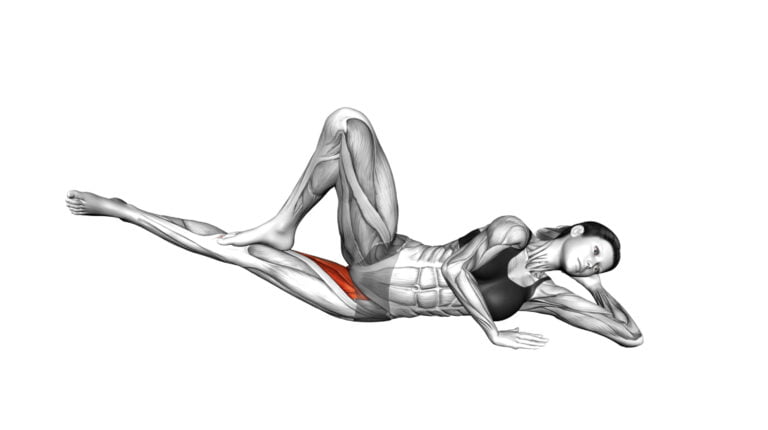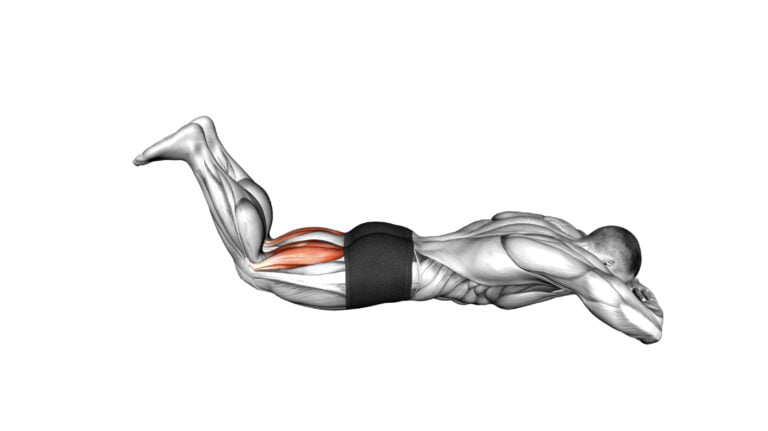7 Box Exercises For Glutes – Get Your Booty In Shape
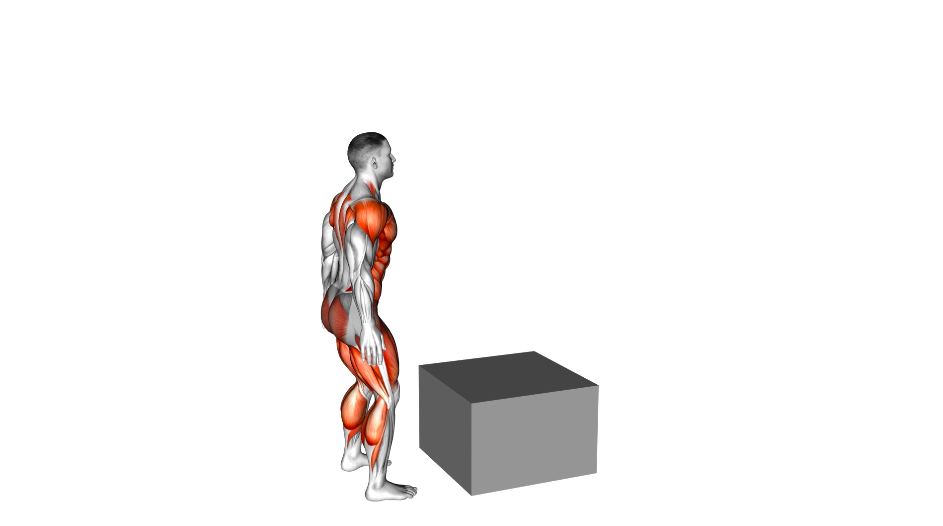
If you’re struggling to sculpt strong, shapely glutes, you’re not alone. It’s a fact that targeted exercises can lead to better muscle definition and strength in your lower body. This post lays out seven plyometric box exercises designed to power up your glutes for improved performance and aesthetics.
Dive in and let’s boost that booty!
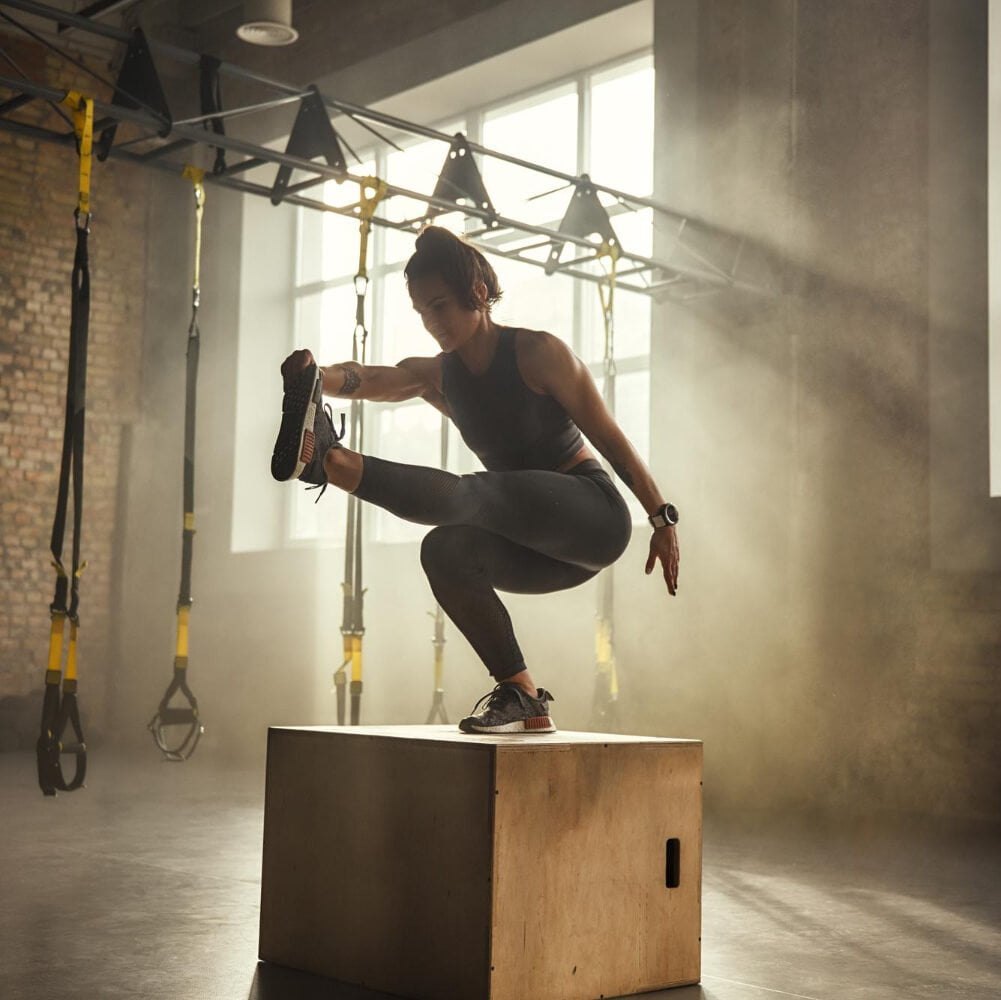
Key Takeaways
- Box exercises for glutes improve athletic performance by increasing strength and speed, making them great for sports like basketball and soccer.
- Strengthening your glutes with plyometric box exercises helps prevent injuries by supporting the lower back and promoting muscle balance.
- Incorporating a variety of box exercises such as split squats, single-leg squats, and box jumps can boost stability and contribute to better posture.
- To get the most out of these workouts, focus on engaging your glutes during each exercise and maintain proper alignment to avoid injury.
- Gradually increase the difficulty level of box exercises by raising the height or adding weights to continue challenging your muscles safely.
The Benefits of Strong Glutes
Having strong glutes can lead to improved athletic performance, reduced risk of injury, and better posture and stability. By incorporating box exercises for stronger glutes into your workout routine, you can experience these benefits firsthand.
Improved athletic performance
Boosting your glute strength through box exercises can lead to impressive gains in athletic performance. Stronger glutes aid you in running faster, jumping higher, and pushing harder.
They’re the powerhouse that fuels explosive movements, vital for sports like basketball, soccer, and track events. Plyometric training using a plyo box enhances muscle contraction speed, which translates into quicker sprints and more dynamic moves on the court or field.
Incorporating exercises such as single-leg box jumps or Bulgarian split squats into your routine trains your muscles to exert maximum force in short intervals – this is key for any athlete aiming to elevate their game.
You’ll find these workouts also improve your balance and coordination. As you challenge yourself with varying heights of plyo boxes during each squat jump or step-up, prepare to notice a significant difference in how you perform during competition or challenging crossfit sessions.
Moving on from improved athletic performance, let’s explore how strong glutes can reduce the risk of injuries while engaging in physical activities.
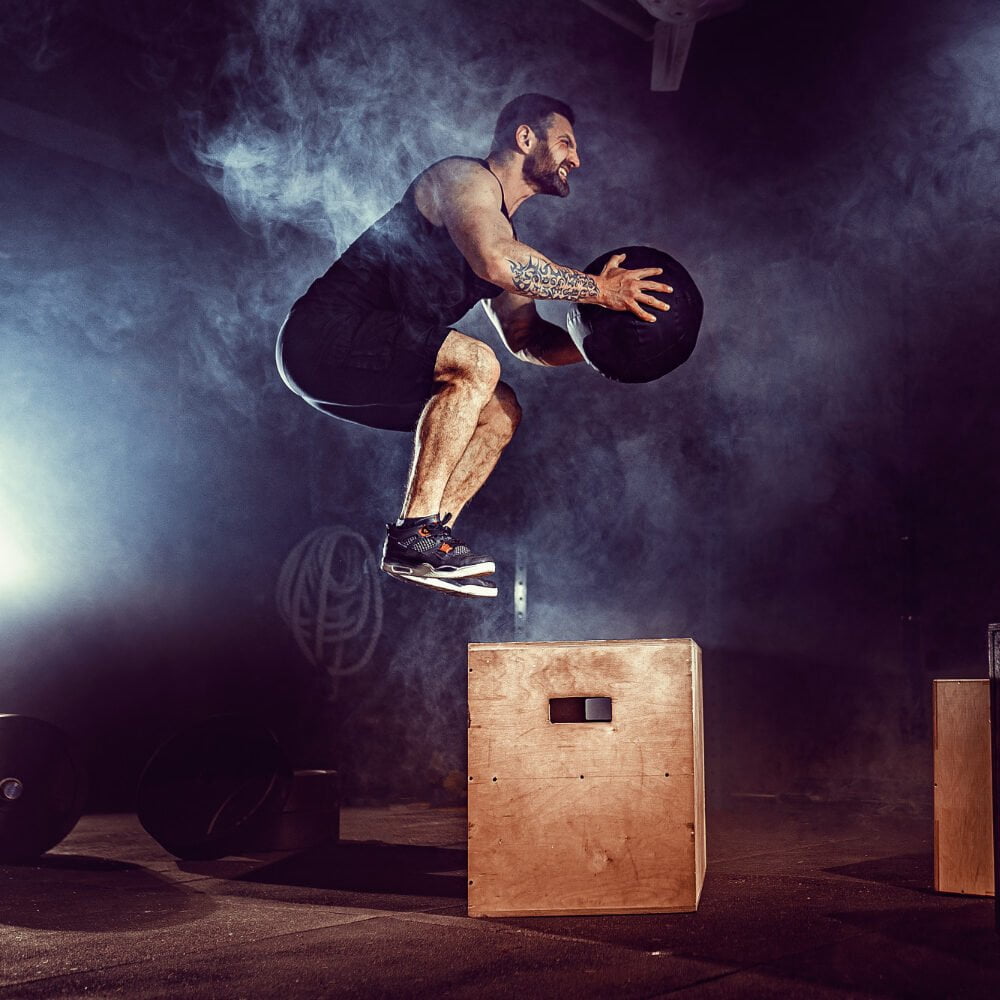
Reduced risk of injury
Strengthening your glutes isn’t just about looking good; it can also play a crucial role in preventing injuries. Strong glute muscles provide support to your lower back, which is vital during physical activities.
Whether you’re lifting weights or just carrying groceries, powerful glutes take the strain off your lower back and protect your spine. This muscular shield allows for smoother movement patterns during exercise like squats and lunges, reducing the chance of improper form that could lead to injury.
Engaging in box exercises for glutes not only targets these key muscles but also encourages overall muscle balance. A body with balanced muscle strength is less likely to succumb to strains or sprains because no single group is overcompensated.
Plyometric exercises enhance this effect by improving joint stability through dynamic movements that train your tendons and ligaments alongside the muscles themselves. Opting for plyometrics training as part of your regular fitness routine helps condition these connective tissues, making them more resilient against sudden twists or excessive force—keeping you safe from common injuries like rolled ankles or knee pain.
Better posture and stability
Strong glutes are essential for maintaining a straight back and aligned shoulders, which contribute to an upright posture. As the powerhouse of your body, they ensure you stand tall and steady, whether you’re lifting weights at the gym or picking up groceries from the floor.
Developing this muscle group through box squats and pistol squats enhances your balance, enabling you to move with greater confidence and ease in daily activities.
Squatting on one leg or exploding into a high jump onto a box calls upon your core muscles to keep you stable. This kind of strength training not only targets the hamstrings and triceps but also reinforces the lower torso, promoting overall stability that supports every step you take.
A solid foundation built by consistent exercise can result in fewer falls and mishaps both in athletic endeavors and life’s everyday hustle.
7 Box Exercises for Stronger Glutes
“Incorporate these 7 box exercises into your routine to target and strengthen your glutes effectively. From split squats to pistol squats, there’s a variety of plyometric moves to choose from for a stronger booty.”.
1. Split Squat with Low Box
Perform the split squat with a low box by standing in a staggered stance, with your back foot elevated on the box. Lower yourself down until your front thigh is parallel to the ground and then push back up using your front leg to return to the starting position.
This exercise effectively targets your glutes, hamstrings, and quadriceps while also improving balance and stability.
The split squat with a low box is an excellent way to build lower body strength and enhance muscle endurance. By incorporating this exercise into your routine, you can develop greater power for activities like running or jumping while also reducing the risk of injury through increased stability in your hips and knees.
2. Single Leg Low Box Squat
To perform the single leg low box squat, start by standing in front of a box or bench. Lift one foot off the ground and extend it slightly in front of you. Slowly lower yourself into a squat position, ensuring your hips move back as you descend.
Keep your weight on the heel of your supporting foot and maintain proper alignment, with your knee tracking over your toes. Once at the bottom of the movement, return to standing by driving through the heel and engaging your glutes.
This exercise targets the glutes, hamstrings, quadriceps, and core while also improving balance and stability. It helps develop unilateral strength, which is vital for preventing muscle imbalances and reducing injury risk during sports or daily activities.
3. Split Jump to Box
To execute the split jump to box, stand facing a sturdy box or platform. Begin in a lunge position, with one foot forward and the other foot back. Explode upward, switching your leg positions in midair and landing with the opposite foot forward on top of the box.
Step down and repeat the movement on both sides for an effective plyometric exercise that targets your glutes, hamstrings, and quads.
Engage your core throughout the movement to maintain stability and control. Focus on landing softly to reduce impact on your joints while maximizing muscle engagement. This explosive exercise not only strengthens your lower body but also helps improve power and agility for various athletic activities.
4. Barbell Box Squat
The barbell box squat is a powerful compound exercise that targets the glutes, hamstrings, and quadriceps. This exercise involves sitting back onto a box while holding a barbell on your upper back, and then standing back up explosively.
To perform this move effectively, ensure that your feet are shoulder-width apart, with toes slightly turned out. As you lower yourself down to the box in a controlled manner, push your hips back and keep your chest up.
Once seated on the box for a momentary pause, engage your glutes to drive through your heels and return to standing position.
Engage Your Glutes: The key to maximizing the effectiveness of the barbell box squat is by actively engaging your glute muscles throughout the movement. Focus on squeezing them at the top of each repetition.
5. Pistol Squat to Box
Transitioning from the Barbell Box Squat, the Pistol Squat to Box is a challenging unilateral exercise that targets the glutes, hamstrings, and quadriceps. This movement also helps improve balance, stability, and core strength.
Begin by standing in front of a sturdy box or bench with your feet hip-width apart. Lift one leg off the ground as you slowly lower yourself down into a squat position until your glutes touch the box.
Push through your heel to return to a standing position. This exercise can be modified by using a higher box for beginners or adding weight for more advanced individuals.
6. Single Leg Box Jump
The single leg box jump is a dynamic plyometric exercise that targets the glutes, hamstrings, and calves. To perform this movement, start by standing on one leg in front of a sturdy box or platform.
Bend your knee and hip to lower into a partial squat position, then explosively push through the foot to propel yourself off the ground, driving the knee up towards your chest. Land softly on top of the box with control before stepping back down to repeat on the same leg or alternating legs for each repetition.
This explosive exercise not only strengthens your glutes but also improves explosive power, balance, and coordination. It’s an excellent way to enhance athletic performance and boost lower body strength while engaging multiple muscle groups.
Incorporating single leg box jumps into your training routine can elevate your plyometric workouts and take your fitness to new heights.
7. Jump Box
How to perform the Jump Box exercise? Engage your glutes and explode off the ground, landing softly on the box. Use your arms for momentum as you jump onto the box. Focus on stability and balance when landing to avoid injury.
Increase the intensity by adjusting the height of the box or adding weights for an extra challenge. Take caution to maintain proper form and ensure a controlled descent with each jump.
Proper Form and Technique
Ensure proper form and technique when performing box exercises for stronger glutes to avoid injury and maximize effectiveness. Focus on engaging the glutes, maintaining proper alignment, and safely progressing in difficulty to see the best results.
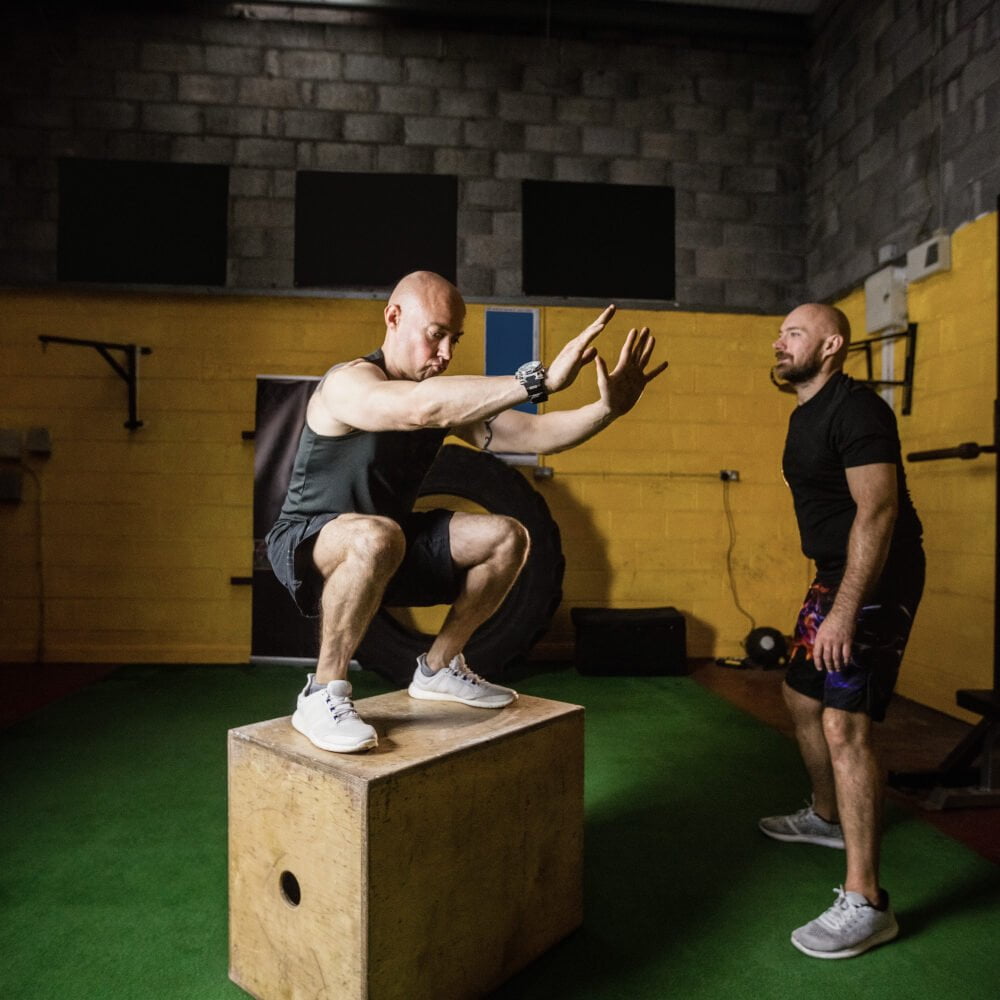
Engaging the glutes
To engage the glutes effectively, focus on activating them during each exercise. Squeeze your glutes at the top of each movement to ensure they are fully involved. Engaging the glutes specifically involves consciously contracting and utilizing these muscles throughout your workout routine.
Employing proper form is crucial to target the glutes optimally. Emphasize a full range of motion while also maintaining control over movements to stimulate muscle fibers effectively and promote growth in the gluteal region.
Maintaining proper alignment
Maintain proper alignment throughout the box exercises to protect your joints and maximize the effectiveness of each movement. Keep your hips, knees, and ankles in line with one another during squats and jumps to avoid unnecessary strain on your lower body.
Ensure that your spine remains in a neutral position, avoiding excessive arching or rounding, especially when performing single-leg variations. Engage your core to stabilize your torso and prevent any twisting or tilting movements.
Remember to distribute your weight evenly between both feet or legs to promote balanced muscle engagement and reduce the risk of injury.
For jumping exercises like the box jump, focus on landing softly with a slight bend in the knees while maintaining an upright posture. Be mindful of where you place your feet on the box to avoid overreaching or landing too close to its edge.
Safely progressing in difficulty
To further challenge your glutes and continue making progress, gradually increase the height of the box or use resistance by adding weights. Start with a lower box height and focus on perfecting your form before advancing to a higher surface.
Additionally, you can introduce variations like incorporating explosive movements or adding weights to steadily intensify your workout regimen without compromising safety.
Once you have mastered the basic box exercises and are confident in your form, consider elevating the level of difficulty by using taller boxes or incorporating heavier weights. This incremental progression will effectively stimulate muscle growth while minimizing the risk of overexertion or injury.
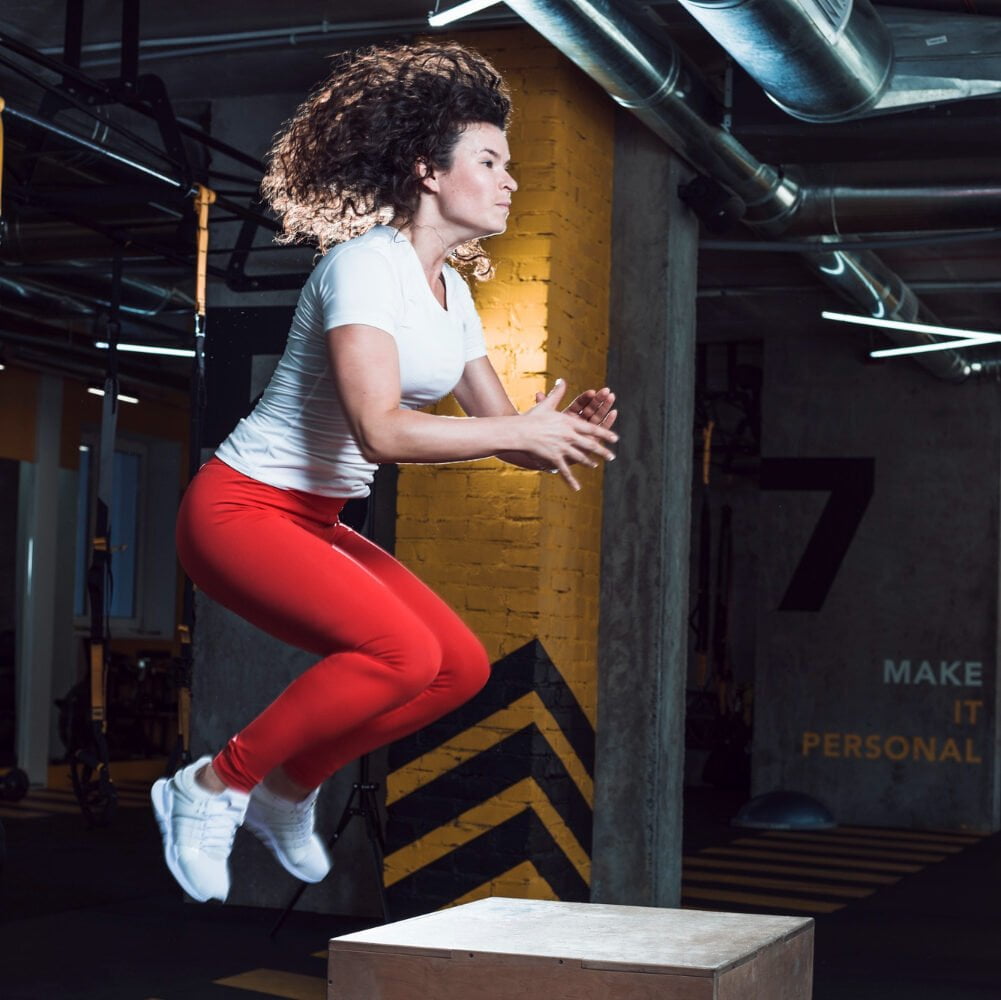
Conclusion
Incorporating these box exercises into your workout routine can help you achieve stronger and more defined glutes. By engaging in plyometric moves, you’ll be able to enhance your athletic performance, reduce the risk of injury, and improve posture and stability.
With proper form and technique, these exercises can safely progress in difficulty over time. Start incorporating these powerful box exercises today for booty-sculpting results!
FAQs
1. What are box exercises and how can they strengthen my glutes?
Box exercises are plyometric moves that involve jumping onto and off of a sturdy platform, which can powerfully engage your glutes muscles, building strength and improving your overall conditioning.
2. Can I still get a good workout if I don’t own wrist weights or a weighted vest?
Absolutely! Your bodyweight provides resistance during box exercises like single-leg squats and push-ups, challenging your muscles, including the glutes, to work harder without any extra equipment.
3. Are there any specific techniques to focus on while performing these exercises for maximum benefit?
Focus on keeping your core engaged and maintaining proper form by aligning your midfoot with the edge of the box during jumps. Always land softly to protect your joints and drive through your heels when performing squats for an effective workout.
4. How often should I incorporate these plyometric moves into my routine for stronger glutes?
For optimal results in building stronger glutes, aim to include these plyometric box exercises two to three times a week as part of a balanced strength training program.
5. Will doing these box workouts increase my heart rate like traditional cardio exercise?
Yes! Plyometric movements such as those used in these box exercises elevate the heart rate, offering cardiovascular benefits along with strengthening targeted muscle groups like the glutes.

Author
Years ago, the spark of my life’s passion ignited in my mind the moment I stepped into the local gym for the first time. The inaugural bead of perspiration, the initial endeavor, the very first surge of endorphins, and a sense of pride that washed over me post-workout marked the beginning of my deep-seated interest in strength sports, fitness, and sports nutrition. This very curiosity blossomed rapidly into a profound fascination, propelling me to earn a Master’s degree in Physical Education from the Academy of Physical Education in Krakow, followed by a Sports Manager diploma from the Jagiellonian University. My journey of growth led me to gain more specialized qualifications, such as being a certified personal trainer with a focus on sports dietetics, a lifeguard, and an instructor for wellness and corrective gymnastics. Theoretical knowledge paired seamlessly with practical experience, reinforcing my belief that the transformation of individuals under my guidance was also a reflection of my personal growth. This belief holds true even today. Each day, I strive to push the boundaries and explore new realms. These realms gently elevate me to greater heights. The unique combination of passion for my field and the continuous quest for growth fuels my drive to break new ground.





